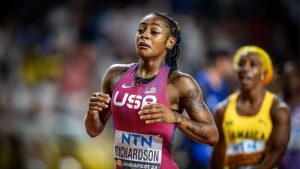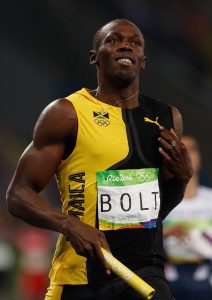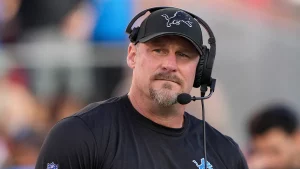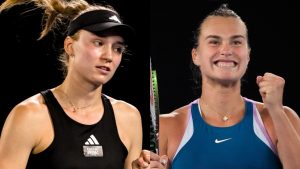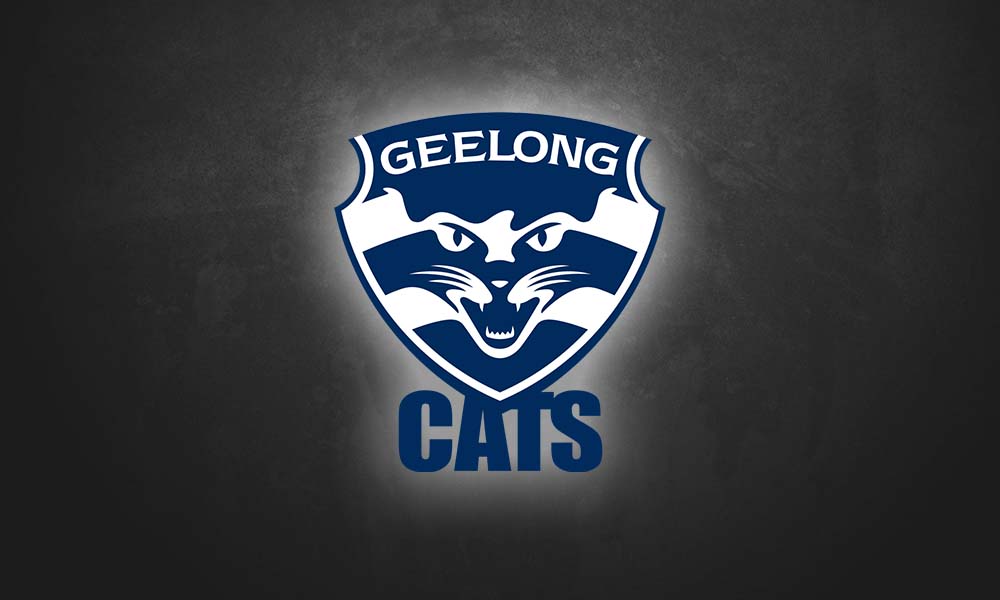
Geelong’s gap year — how the Cats’ AFL premiership defence unravelled in 2023
….

To become the best, you have to beat the best.
The path to the premiership cup usually runs through the reigning premiers. That’s where the attention of sides shifts to during the off-season, when planning how to win in the coming season.
Those opposition eyes were firmly focused on Geelong coming into the 2023 season. Most predicted that the Cats would feature heavily in the finals, or could even be favourites for the flag.
Instead, the Cats will be watching the finals unfold from home, knocked out with a round to spare. It’ll be just the second game Chris Scott has coached of his 280 in charge without being in contention for that season’s flag.
Geelong is the third premier in the past seven years that has failed to qualify for the finals the next season.
Like most stories of lost seasons, there isn’t just one cause or symptom. If success takes a lot of things going right, failure often needs a similar amount. Coming into the season, the Cats returned 22 of their 23 premiership players from last year. Usually that’s a recipe for a side being able to contend again.
The one that exited Kardinia was perhaps the most spiritually important — Joel Selwood. The local product had been a fixture in the side since being drafted in 2007, leading the Cats in more games than any other player in their long and illustrious history.
It wasn’t just Selwood’s leadership quality that was prized. Selwood also delivered on the field right until his last game, contributing at contests around the ground. One of the biggest drivers of the Cats’ furious run towards the flag last year was their transformed contest set-up from mid-season.
Once Tom Atkins and Mark Blicavs moved into more permanent midfield roles, the Cats not only thrived offensively but made it extremely hard for opposition sides to score. Selwood’s role was two-fold — to lay effective physical pressure and to effectively use disposal to get the ball to Geelong’s dangerous outside runners.
Over the off-season, the Cats recruited three young midfielders picked up in the hope of filling the legend-sized gap. Jack Bowes, Tanner Bruhn and Jhye Clarke all differed dramatically in their experience and potential, but presented decent swings to contribute over the long term and maybe immediately. Geelong also hoped further development of their own youngsters like Max Holmes might be able cover the back end of their rotations.
In short, there was a plan in play, despite the size of the loss.
Less talked about, and perhaps more important, is another absence from the Cats contest group. In recent years Cam Guthrie has increasingly come into his own, able to play a similar role to Selwood at his best.
Coming into 2023, Guthrie shaped to lead this group alongside Patrick Dangerfield, with the other moving parts fitting in around them.
In round six Guthrie suffered a toe injury that eventually required surgery, further hurting the Cats’ midfield depth.
In modern footy a blend is required around the contest. Teams have to be able to not only win and use the ball, but effectively defend and block space as well. While Atkins and Blicavs can win hard ball and use it with some effectiveness, their best role is primarily defensive. That’s where they are blocking for others to create and shutting down opponents.
Geelong’s best contest set-ups last year often worked with one or two midfielders blocking for Dangerfield or Guthrie working downhill against overmatched defenders. That situation has been harder to engineer this year.
Guthrie’s absence has deprived them of a two-sided midfielder to attack and defend with equal skill.xd


